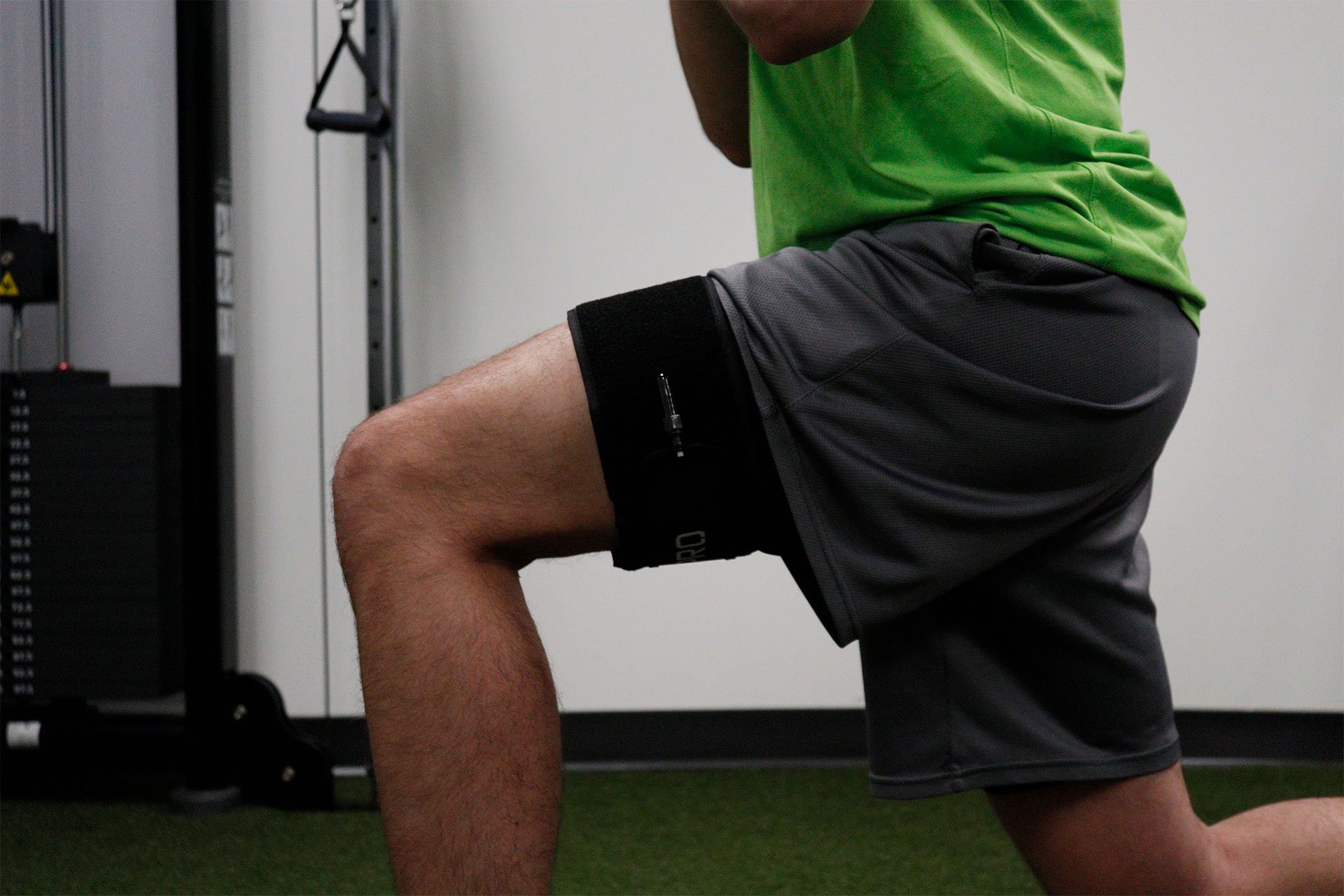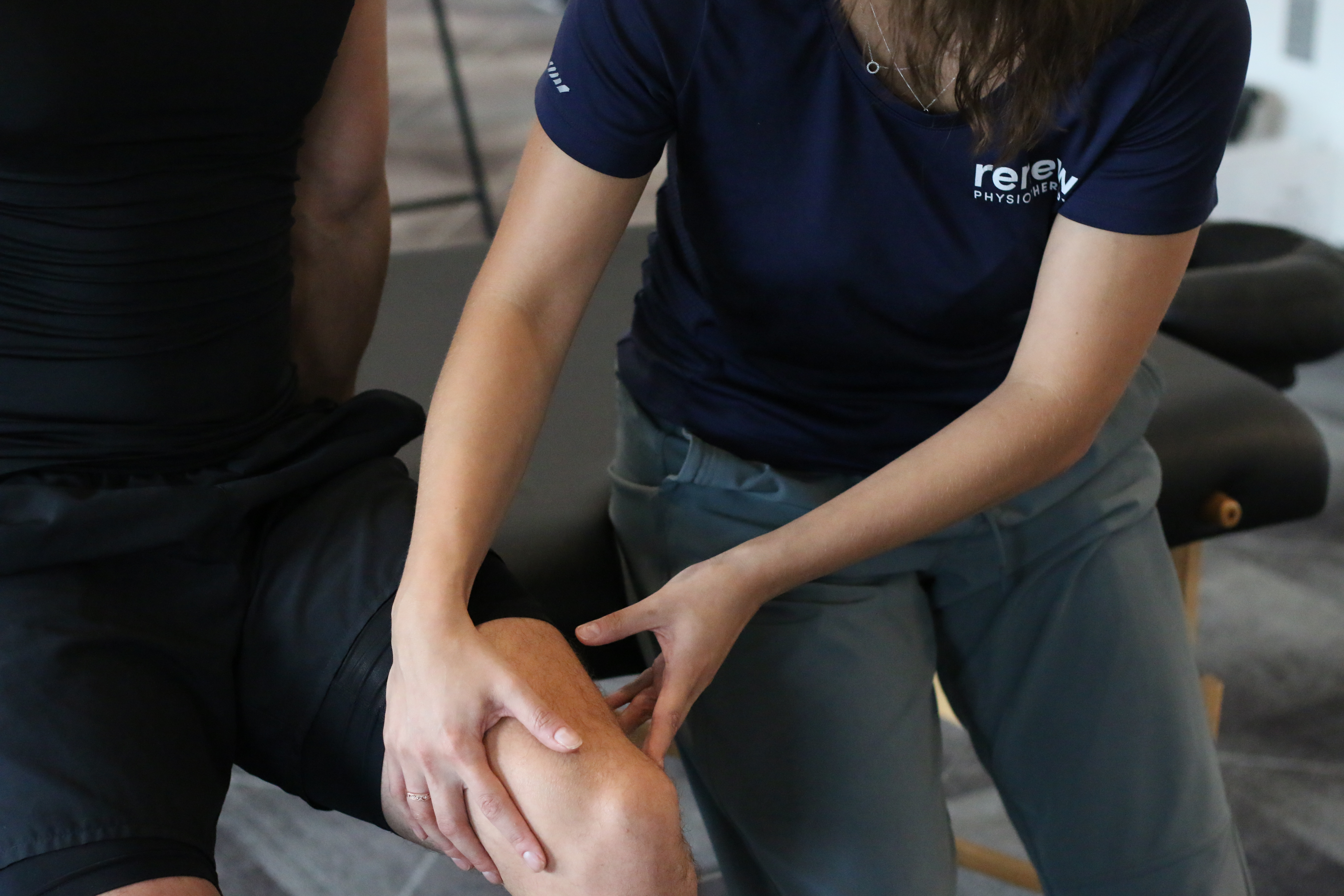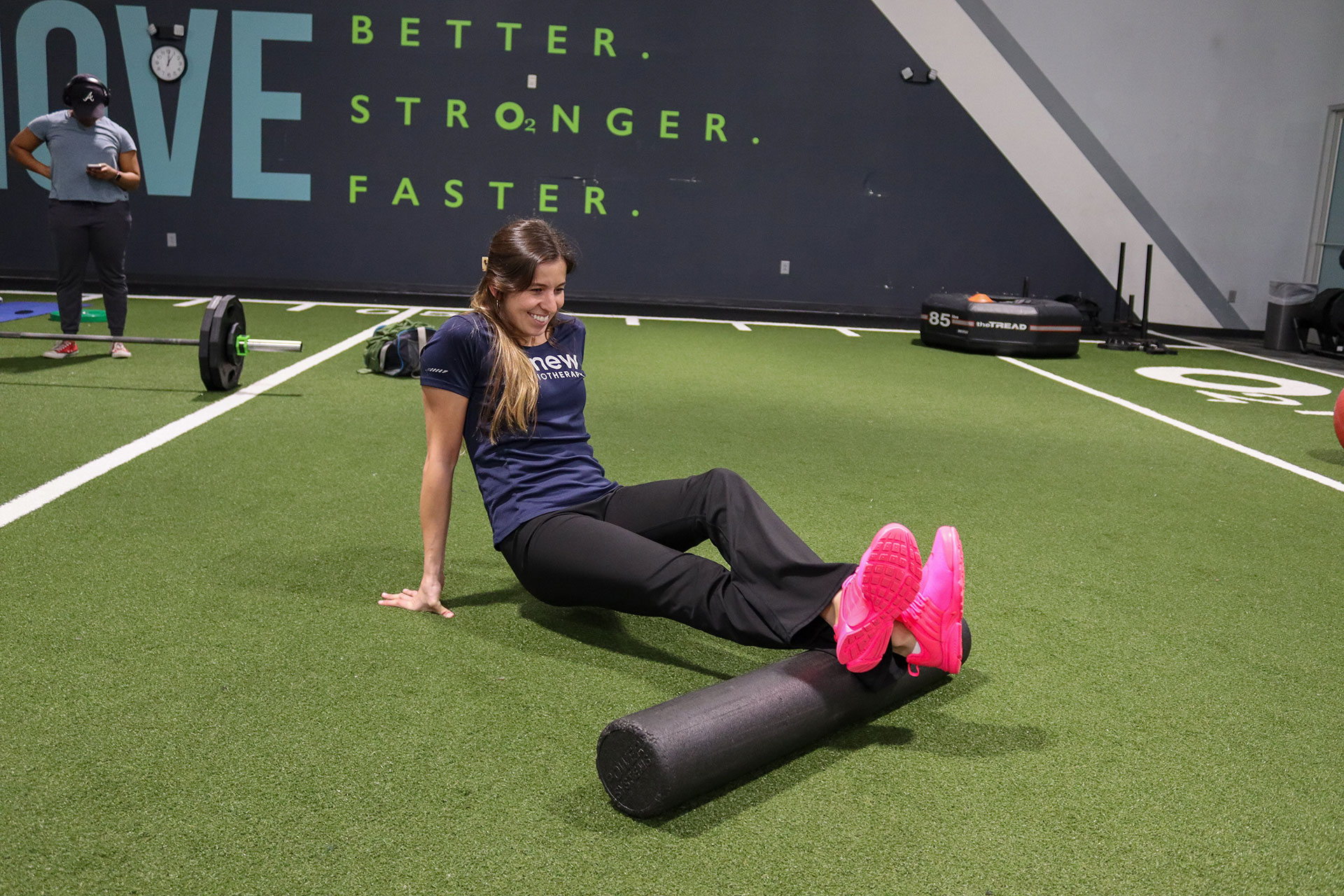What is Blood Flow Restriction Training?
Blood flow restriction (BFR) is a rehab and training technique that involves the use of specialized cuffs or bands to partially restrict blood flow to specific muscles during exercise. By temporarily reducing blood flow while performing low-intensity exercises, BFR can stimulate muscle growth and improve strength with lighter loads, making it a valuable tool for rehab after injuries and enhancing athletic performance. This innovative approach has gained popularity for its ability to optimize muscle adaptation while minimizing stress on joints and tendons.
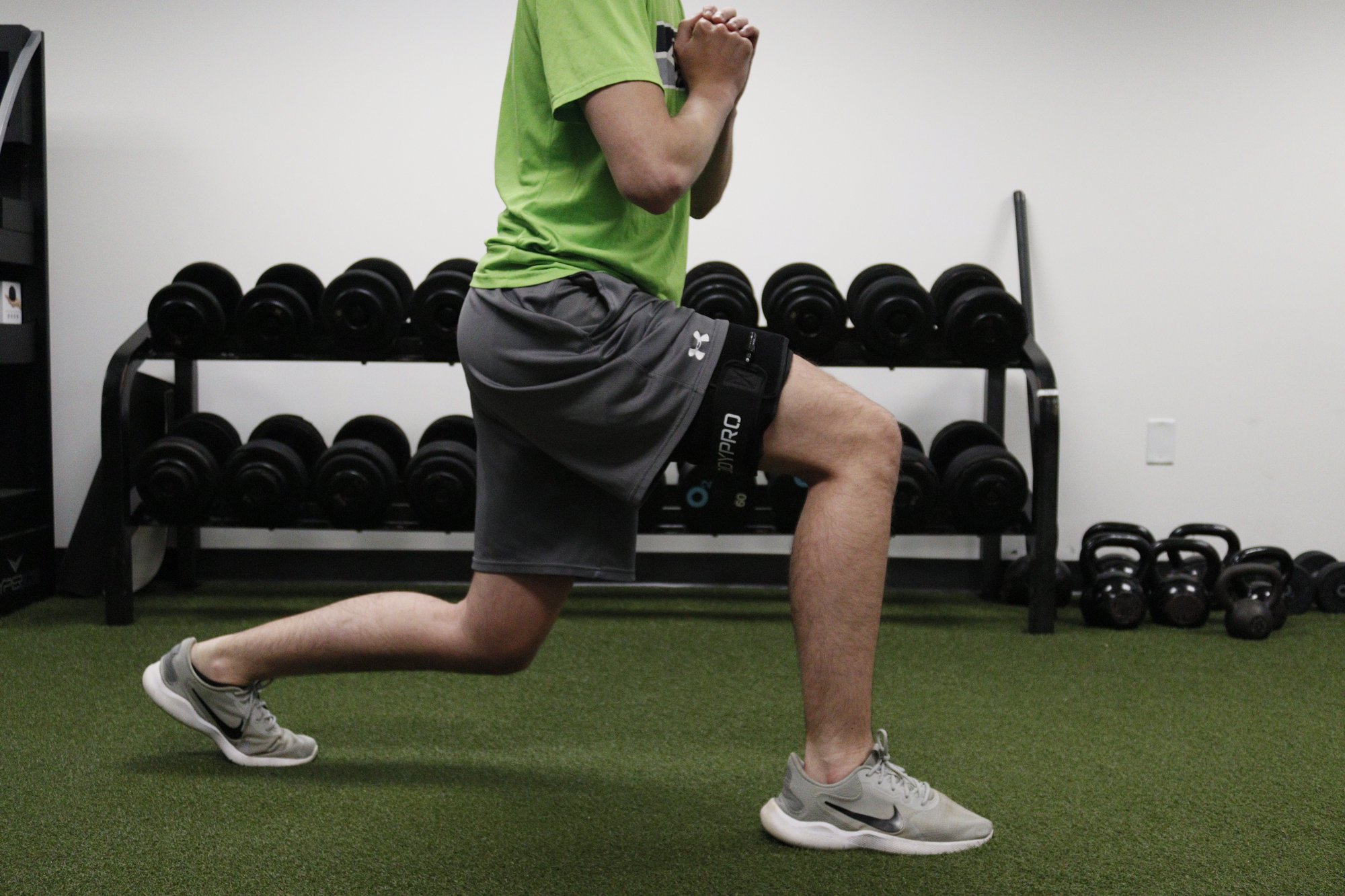
Benefits of BFR
Many people can benefit from BFR Training whether you are recovering from an injury or actively preventing one. Here are a few common benefits of BFR Training:
- Increased muscle growth
- Improve strength
- Reduce joint stress
- Enhance endurance
- Rehabilitation
- Reduce muscle loss
- Minimal muscle soreness
How does it work?
Blood flow brings oxygen and nutrients to your muscle fibers to produce energy while working out. When the blood flow is restricted, the muscle has to work harder to get the essentials they need. This leads to increased muscle fatigue and results in muscle growth and strength gains with lighter weights.
A tight band is placed usually around the upper arm or thigh and is tightened to a certain pressure. The level of pressure should be high enough to restrict blood flow, but not so high it causes pain or discomfort. Exercises done during blood flow restriction training are usually exercises that work multiple muscle groups such as squats, deadlifts, bicep curls, ect. Endurance activities are not recommended.
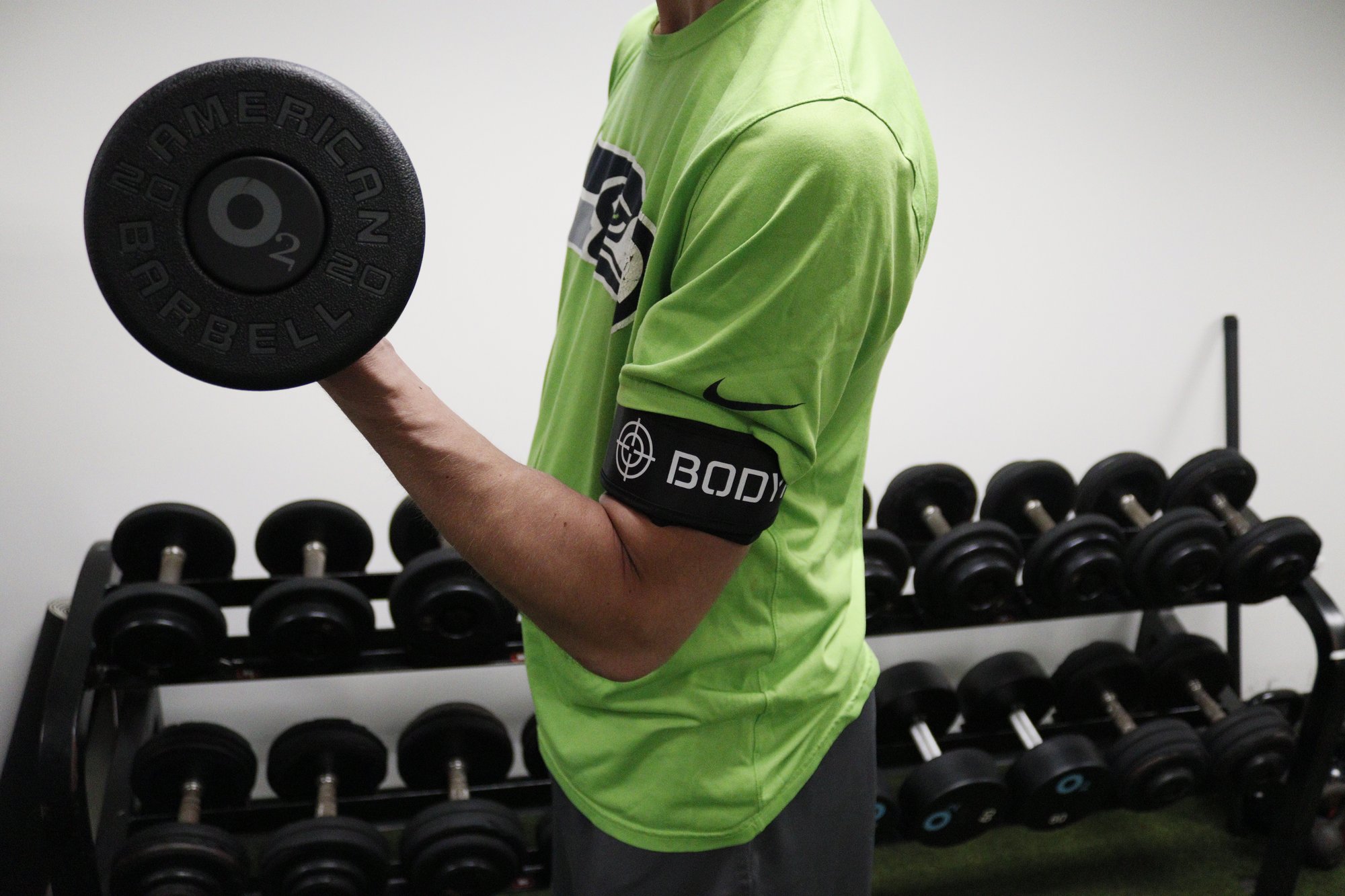
Uses of Blood Flow Restriction Training
BFR Training serves a lot of purposes, making it incredibly versatile. Here are some of the most common uses:
- Individuals with injuries that do not allow weight-bearing activities or are unable to engage in rehabilitation involving weights
- Post-surgery rehabilitation
- Sports performance
- Injury prevention
- Balance and stability training
- Variation in workouts
- Muscle recovery
It is essential to note that while BFR training has several potential benefits, it should be performed under the guidance of a qualified fitness professional or healthcare provider, as improper use can lead to adverse effects. Additionally, individual responses to BFR training may vary, so it's important to consult with a professional to determine if it's appropriate for your specific fitness goals and needs.
NEW PATIENT SPECIAL
Get your first visit for free!
Want to learn more about our services and treatments? Provide your information below to claim a free 20-minute screening!
Reviews
Real Results from Renew
Need more information? Frequently Asked Questions
Is Blood Flow Restriction Training safe?
When performed correctly and under the guidance of a qualified professional, BFR training is generally considered safe. However, it's essential to use appropriate equipment, follow recommended pressure guidelines, and consult with a healthcare provider or fitness expert, especially if you have underlying health conditions.
How often should I incorporate BFR into my training?
The frequency of BFR training sessions can vary depending on your goals and overall workout plan. Generally, 2-3 BFR sessions per week, in addition to traditional resistance training, can be effective for most individuals. However, the specific frequency should be determined with a professional.
How do I determine the appropriate pressure for BFR bands?
The appropriate pressure for BFR training can vary from person to person. It is recommended to start with a moderate level of pressure, usually around 50-80% of limb occlusion pressure, and gradually adjust based on comfort and individual response. Working with a qualified professional can help determine the right pressure for you.
Who can benefit form BFR Training?
BFR training can benefit a wide range of individuals, including athletes looking to enhance their performance, individuals recovering from injuries or surgeries, seniors aiming to maintain muscle mass, and those seeking time-efficient workouts. It can also be beneficial for individuals who may have joint issues or restrictions that prevent traditional weightlifting.







